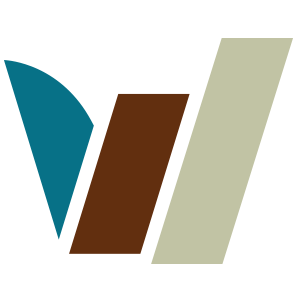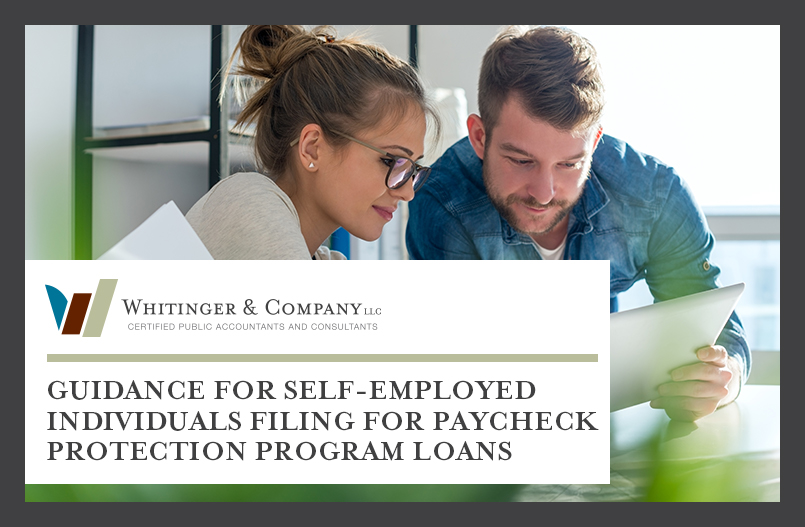Yesterday evening, the SBA issued another interim final rule to supplement the interim final rule issued on April 2nd. The new interim final rule addresses individuals with self-employment income, including those who file a Schedule C with their Form 1040. The new interim final rule is attached. CLICK HERE to download the new interim final rule from the SBA.
Highlights:
- Form 1040 Schedule C filers are eligible for a PPP loan if:
- in operation on February 15, 2020
- have self-employment income or employees
- principal place of business is in the United States
- have filed or will file a Form 1040 Schedule C for 2019
- Partners in a partnership may not submit a separate PPP loan application for themselves as a self-employed individual. Instead, the self-employment income of general active partners may be reported as a payroll cost, up to $100,000 annualized, on a PPP loan application filed by the partnership. This also includes members of an LLC filing taxes as a partnership.
- Participation in the PPP may affect a self-employed individual’s eligibility for state-administered unemployment compensation or unemployment assistance programs, including programs that are part of the CARES act.
- SBA will issue additional guidance at a future date for those individuals with self-employment income who:
- were not in operation in 2019, but were in operation on February 15, 2020, and
- will file a Form 1040 Schedule C for 2020
- The payroll costs of a self-employed individual applying for a PPP loan shall include the 2019 net profit of the self-employed individual (Schedule C line 31), up to $100,000 annualized. If the amount is zero or less, zero is used as the self-employed individual’s portion of the payroll costs.
- Regardless of whether or not a 2019 tax return has been filed with the IRS, a self-employed applicant must provide a 2019 Form 1040 Schedule C with the PPP loan application and also provide a 2019 Form 1099-MISC showing nonemployee compensation, invoice, bank statement, or book of record that establishes the individual was self-employed. Applicant must also provide a 2020 invoice, bank statement, or book of record to establish they were in operation on or around February 15, 2020.
- For employee payroll costs, the self-employed individual should include:
- 2019 gross wages and tips paid to employees whose principal place of residence is in the US computed using 2019 IRS Form 1041 taxable Medicare wages and tips (line 5c, column 1)
- plus: pre-tax employee contributions for health insurance or other fringe benefits excluded from taxable Medicare wages and tips
- less: any amounts paid to any individual employee in excess of $100,000 annualized
- plus: 2019 employer health insurance contributions (Form 1040 Schedule C, line 14)
- plus: 2019 retirement contributions (Form 1040 Schedule C, line 19)
- plus: state and local taxes assessed on employee compensation (i.e. state unemployment taxes)
- A self-employed individual with employees will be required to submit the following with their application:
- 2019 Form 1040 Schedule C
- 2019 Form 941s or equivalent forms or records
- state quarterly unemployment insurance reporting forms or equivalent forms or records
- proof of retirement and health insurance contributions, if applicable
- a payroll statement or similar documentation from the pay period covering February 15, 2020
- PPP loans can be used for:
- owner compensation replacement, calculated based on 2019 net profit
- employee payroll costs
- mortgage interest payments on any business obligation on real or personal property incurred before February 15, 2020
- interest payment on any other debt obligation incurred before February 15, 2020
- business rent payments
- business utility payments
- refinancing an SBA EIDL loan made between January 31, 2020, and April 3, 2020 (proceeds from any EIDL advance up to $10,000 will be deducted from the PPP loan forgiveness amount)
- Note: The SBA has determined that the use loan proceeds should be limited to those types of allowable uses for which the borrower made expenditures in 2019. If an applicant did not claim or was not entitled to claim an expense on their 2019 Form 1040 Schedule C, they cannot use the proceeds for that type of expense during the covered period. For example, if the applicant did not deduct utility expenses on their 2019 Schedule C, they cannot use the loan proceeds for utility expenses during the covered period.
- Amounts eligible for forgiveness:
- payroll costs up to $100,000 of annualized pay per employee ($15,385 for the eight week period)
- covered benefits for employees (but not owners) including health expenses, retirement contributions, and state taxes imposed on employee payroll paid by the owner
- owner compensation replacement, with forgiveness of such amount limited to eight weeks’ worth (8/52) of 2019 profit, but excluding any qualified sick or family leave equivalent for which credit is claimed
- payments of interest on mortgage obligations for real or personal property incurred before February 15, 2020, to the extent deductible on Schedule C
- rent payments on lease agreements in force before February 15, 2020, to the extent deductible on Schedule C
- utility payments under service agreements date before February 15, 2020, to the extent deductible on Schedule C
The Whitinger team remains available to you throughout this situation and we have a variety of methods for answering questions and consulting on matters important to you and your organization.
We are here and ready to help.



